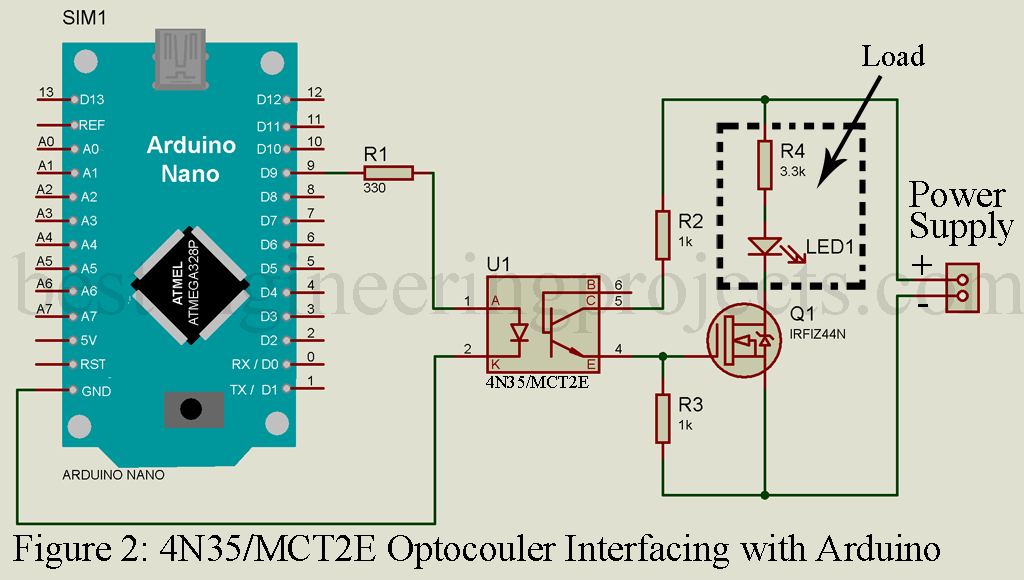
Best Way to Use an Optocoupler
An optocoupler, also known as an opto-isolator, is a component that transfers electrical signals between two isolated circuits by using light. This device is perfect for applications where electrical isolation is necessary, such as when working with sensitive electronics or high voltages. In this article, we will discuss the best way to use an optocoupler to ensure optimal performance and safety.
Understanding How an Optocoupler Works
Before diving into how to use an optocoupler effectively, it is essential to understand its basic operation. An optocoupler consists of a light-emitting diode (LED) and a photodetector, typically housed in a single package. When a current flows through the LED, it emits light that is detected by the photodetector, allowing the transfer of electrical signals without direct electrical connection.
The primary purpose of an optocoupler is to provide electrical isolation between two circuits. This isolation helps prevent noise, voltage spikes, and other unwanted interference from affecting the sensitive circuit. Additionally, it enhances safety by preventing high voltages or currents from flowing into low-voltage components.
Choosing the Right Optocoupler
When selecting an optocoupler for your application, several factors need to be considered. The most crucial aspects to look for include the maximum voltage and current ratings, response time, and isolation voltage. Additionally, the operating temperature range and package type play a significant role in the overall performance of the optocoupler.
It is essential to choose an optocoupler with voltage and current ratings that exceed the requirements of your circuit to ensure reliable operation. Selecting an optocoupler with a fast response time can improve the overall speed and efficiency of your system. Furthermore, opting for an optocoupler with a higher isolation voltage provides an added layer of safety and protection.
Usage Tips for Optocouplers
When using an optocoupler in your circuit, there are a few tips to keep in mind to maximize its effectiveness. One essential tip is to ensure that the LED is driven within its specified current and voltage limits to prevent damage. It is also recommended to place a current-limiting resistor in series with the LED to control the current flow and protect the LED from excessive current.
Another tip is to pay attention to the orientation of the optocoupler when connecting it to your circuit. Most optocouplers have a clear marking indicating the input and output sides of the device. Ensuring the correct orientation is crucial for the proper operation of the optocoupler and preventing damage to the component.
Furthermore, it is essential to follow the manufacturer’s recommendations for operating conditions, such as temperature, humidity, and voltage levels. Operating the optocoupler outside of the specified conditions can lead to decreased performance and potential failure. By adhering to these guidelines, you can ensure the optimal performance and longevity of the optocoupler in your circuit.
Conclusion
In conclusion, using an optocoupler in your circuit can provide electrical isolation and enhance safety, making it an essential component in various electronic applications. By selecting the right optocoupler for your needs and following proper usage tips, you can ensure the optimal performance and reliability of your circuit. Remember to pay attention to voltage and current ratings, response time, and isolation voltage when choosing an optocoupler for your next project.
Was this helpful?
0 / 0